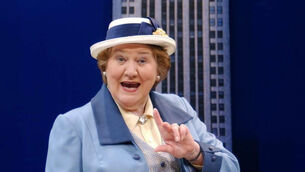History book reviews: East Germany recalled fondly but with warts too
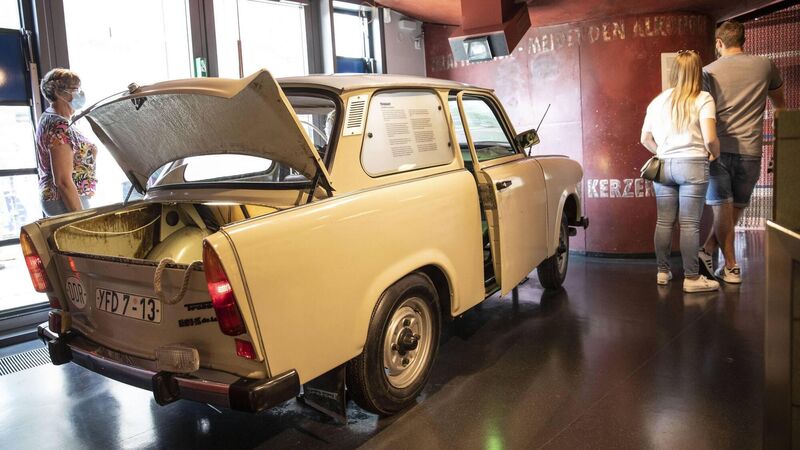
The iconic ‘Trabi’ car in an exhibition that shows what everyday life was like in the former communist East Germany at the DDR Museum in Berlin, Germany. Picture: Maja Hitij/Getty
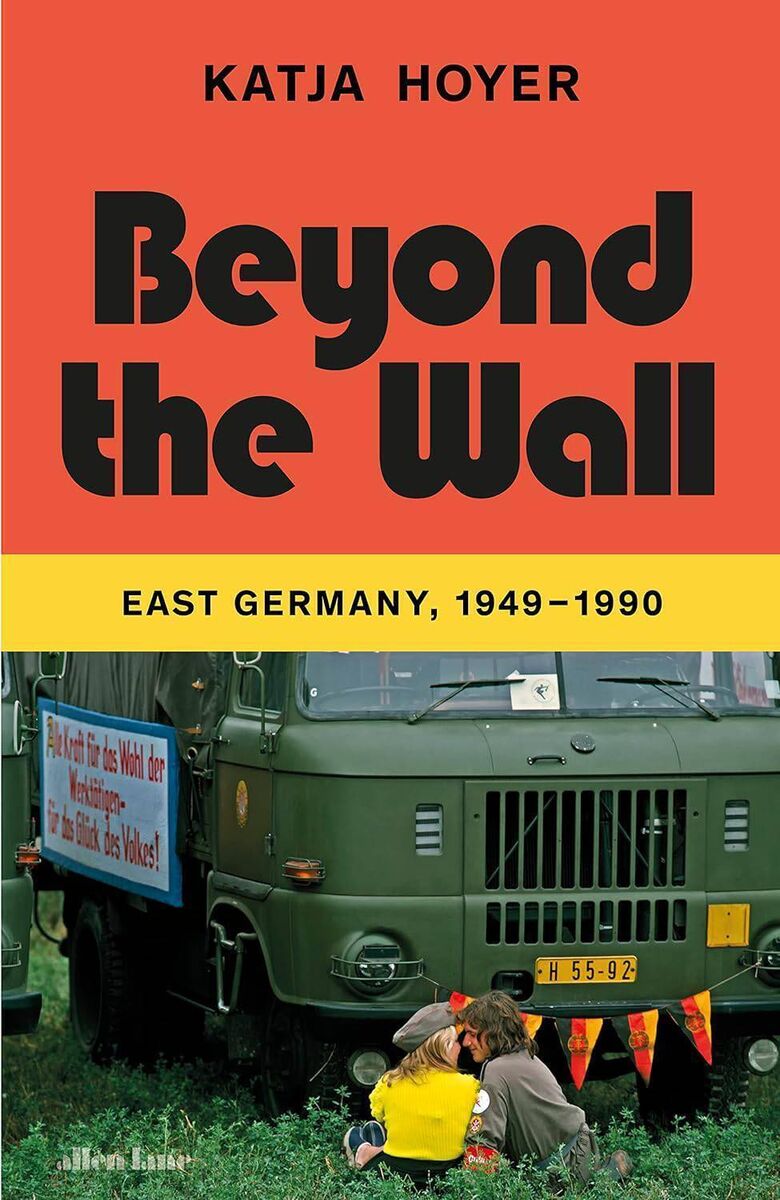
One of the great dangers of history is the tendency of many to read it backwards.
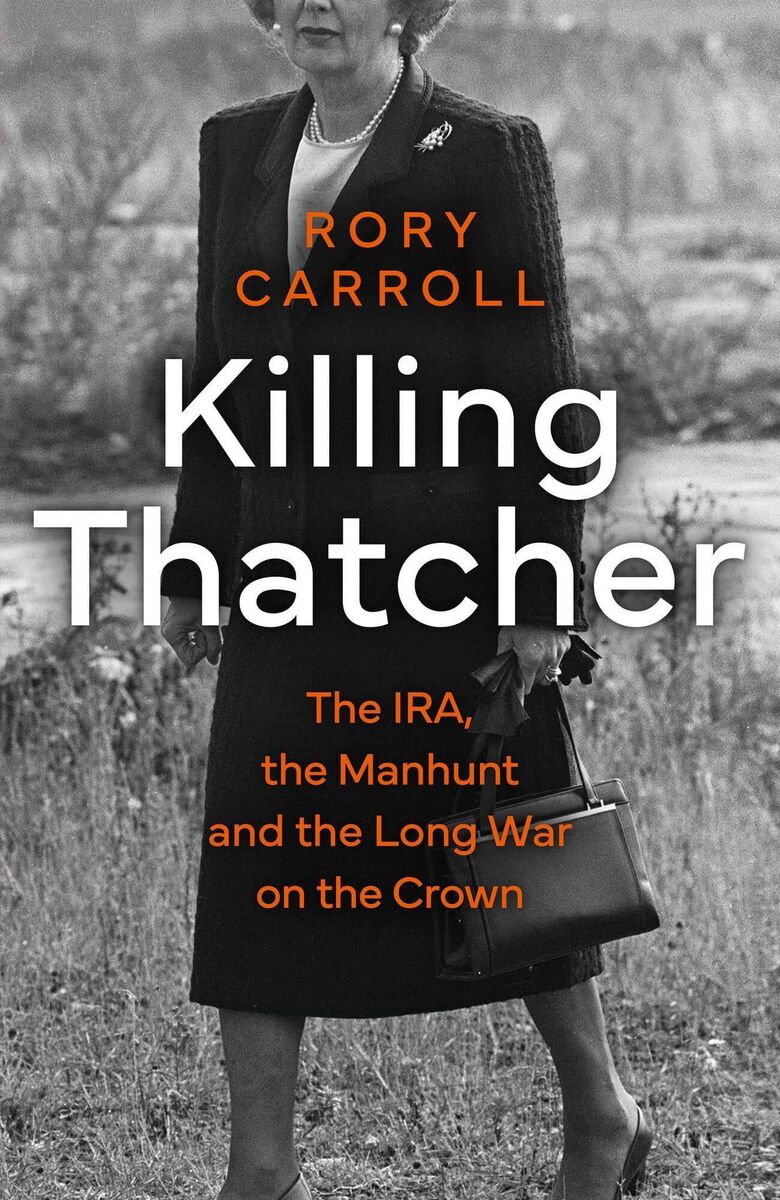
At its heart is Patrick Magee, forever known to history as the Brighton bomber. Only a quirk of luck stopped him from being the man who killed Margaret Thatcher.
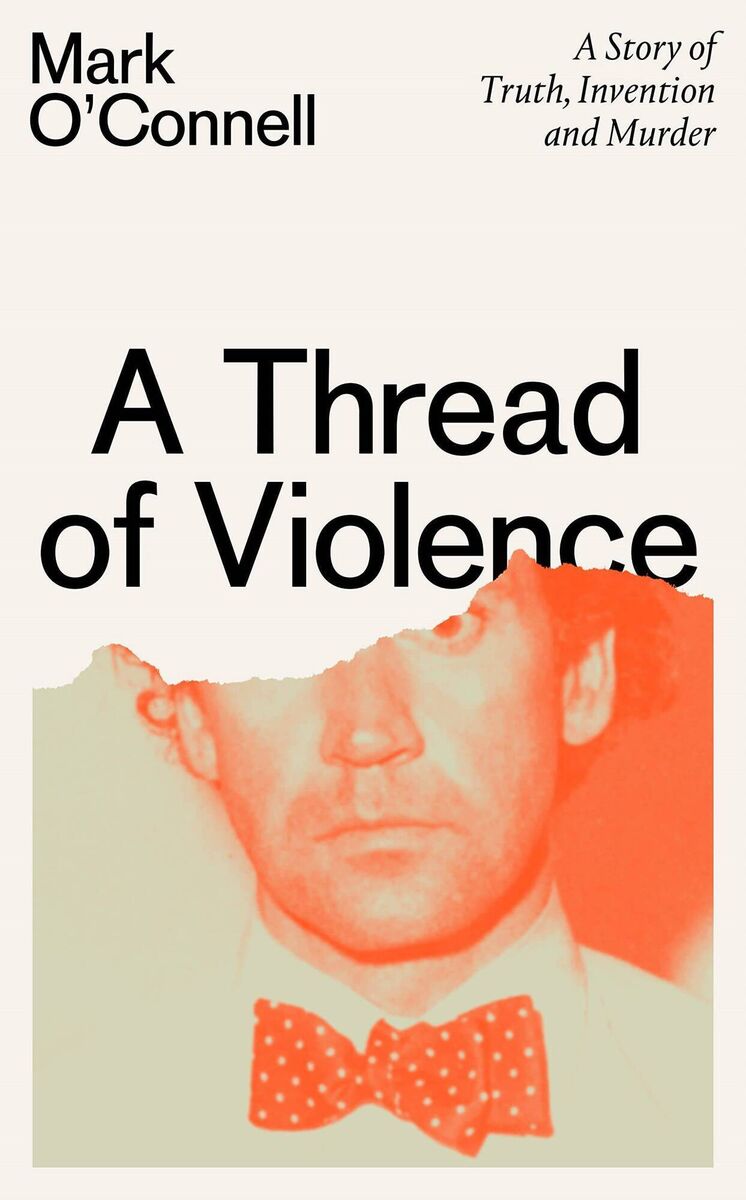
The result is a brilliant book where O’Connell tries to understand why Macarthur committed his appalling murders.




